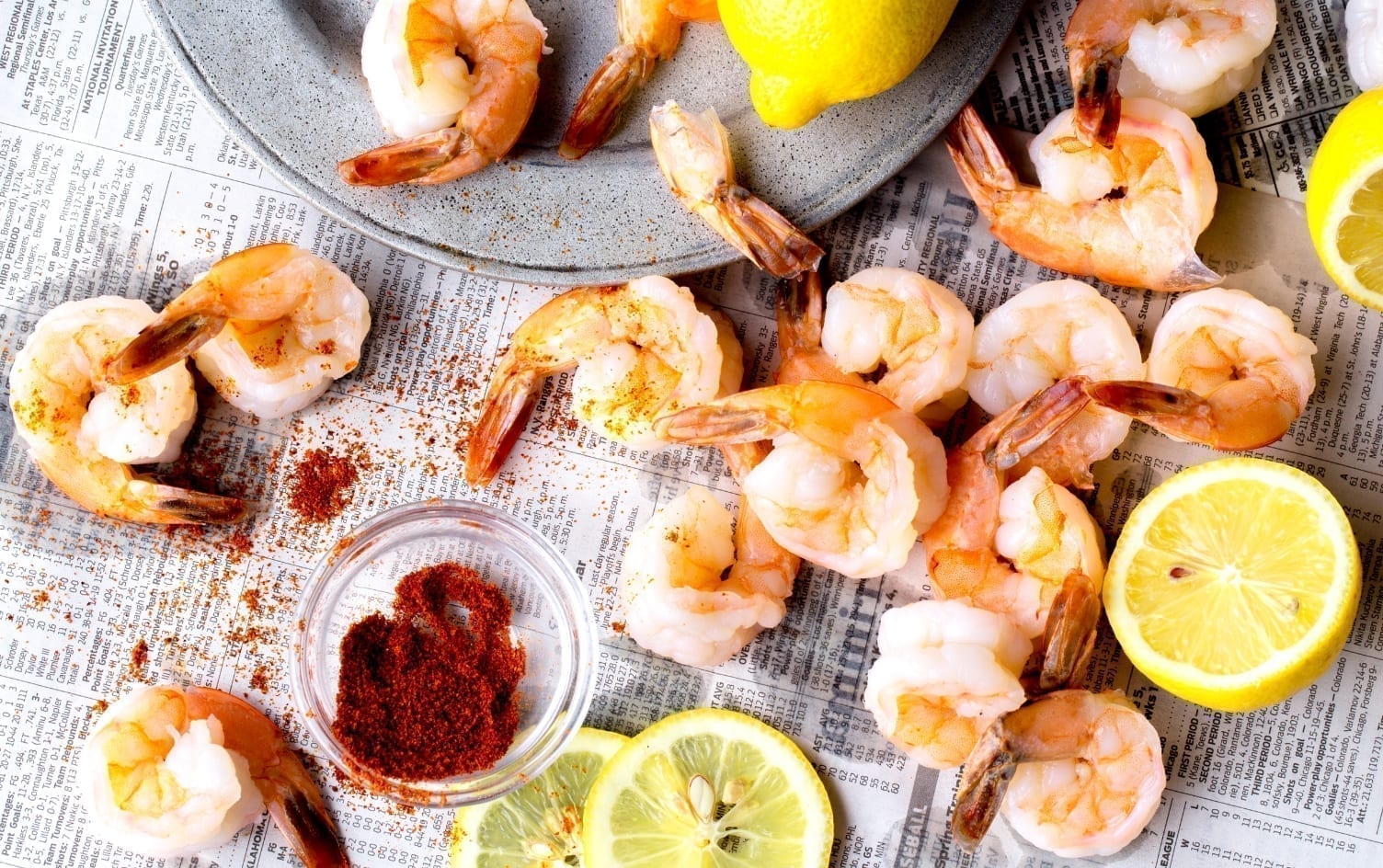These days, browsing the meat and seafood cases at the grocery store can feel overwhelming. The different labels are endless — organic, grass-fed, wild-caught, free-range and raised without antibiotics, to name just a few — and many come with significant price markups.
Ultimately, the type of meat, poultry and seafood you choose to buy depends on both budget and personal preference. To make an informed decision, here are seven important things to know:
IF YOU’RE WORRIED ABOUT POSSIBLE ANTIBIOTIC RESISTANCE, CHOOSE ORGANIC MEAT AND POULTRY
The major difference between organic and conventional meat and poultry is the presence of antibiotics and/or added hormones. That said, the USDA’s Food Safety and Inspection Service (FSIS) is rigorous about inspecting all meat and poultry sold in the United States. A certain trace amount of antibiotics and growth hormones is deemed safe for human consumption — it’s a very small amount, and actually far lower than the minimum dose shown to cause harm if eaten daily over a lifetime. “FSIS enforces the tolerance levels set by the Food and Drug Administration for antibiotics and added hormones,” says Buck McKay, public affairs specialist at FSIS. Products that fall above these levels “are condemned and prohibited for use as human food.”
When it comes to organic versus conventional food, research says it’s currently not possible to determine whether one is better than the other for overall health. However, conventional meat and poultry sometimes contain antibiotics, while organic meat does not.
According to the Centers for Disease Control (CDC), there is “strong evidence that antibiotic use in food animals can lead to resistant infections in humans,” because being exposed to these antibiotics through food might make people more susceptible to antibiotic-resistant bacteria. While this is extremely rare, “if you’re still worried about the possibility of antibiotic resistance, opt for organic meat labeled ‘raised without antibiotics,’” says Abby Langer, RD.
IF YOU WANT TO AVOID GROWTH HORMONES, CHOOSE ORGANIC MEAT
Some conventional meat producers inject cows and sheep with growth hormones, to speed up their growth. (Growth hormones can’t be used on poultry, whether organic or conventional.) Organic meat, on the other hand, has never been treated with growth hormones. While research shows levels of growth hormones in conventional meat aren’t enough to have an impact on human health, some people prefer to avoid them anyway. The best way to do this, says Langer, is to buy organic meat.
GRASS-FED MEAT ISN’T NECESSARILY THE HEALTHIEST
You’ve likely heard grass-fed beef is superior to grain-fed, which isn’t necessarily true. The FSIS labeling standard for “grass-fed” doesn’t say anything about antibiotics or growth hormones, meaning grass-fed beef might still contain them.
Moreover, the idea that grass-fed beef is a good source of healthy omega-3 fatty acids is somewhat overblown. While grass-fed beef contains more omega-3’s than grain-fed beef, it has less than 5% of the amount of omega-3’s found in salmon. In other words, neither grass-fed nor grain-fed beef are a significant source of omega-3’s. Given the hefty price tag for the former, you might be better off sticking with grain-fed beef.
LOOK FOR SUSTAINABLE SEAFOOD LABELS
Because of the way fish and shellfish are raised, it’s impossible to classify them as conventional or organic, says Langer. Instead, they’re classified as wild-caught or farm-raised. Wild-caught seafood eat a natural diet and tend to be slightly lower in saturated fat than farm-raised varieties. The latter can be slightly higher in omega-3’s due to the farm’s fortified feed.
The most important consideration when choosing seafood, however, is whether or not it was sustainably raised, says Langer. While this is more of an environmental issue, it also has consequences for health (i.e., less mercury from water pollution).
Since the USDA doesn’t regulate sustainability, you’ll need to rely on third-party labels. Labels from the Seafood Watch, Marine Stewardship Council (MSC), Global Trust for wild-caught fish, Global Aquaculture Alliance (GAA), Best Aquaculture Practices, Global Good Aquaculture Practices (Global GAP) and Friends of the Sea are all vetted and considered trustworthy.
OPT FOR LOW-MERCURY FISH
Although current USDA guidelines recommend eating at least two 4-ounce servings of fish a week, most people don’t get that much. Budget and taste preferences are two reasons, but concern about mercury is another. In too high a dose, mercury is harmful, especially for pregnant women and infants.
To limit your exposure, choose low-mercury options (such as anchovies, sardines and tilapia) whenever possible, and limit high-mercury picks (like tuna and mackerel) to once a week. The Natural Resources Defense Council (NRDC) regularly updates its list of low-, moderate- and high-mercury species.
KEEP COLOR AND SMELL IN MIND FOR MEAT AND SEAFOOD, RESPECTIVELY
Poultry should be pink, not gray; meat should be dark pink or red, not dull and brown. When it comes to seafood, smell is a good way to check for freshness: It shouldn’t smell too “fishy,” and if it smells like ammonia you should throw it away, says Langer.
PAY ATTENTION TO STORAGE AND PACKAGING CONDITIONS
Proper food storage and packaging not only keeps food fresh longer, but it also prevents harmful bacteria from forming. Check every package for the sell-buy or best-buy dates and make sure there aren’t any holes, scratches or dents. Everything in the refrigerator case should be cold, and everything in the freezer should be totally frozen. To make sure meat, poultry and seafood stays as cold as possible, it’s a good idea to add them to your cart last, and put them away as soon as you get home.




